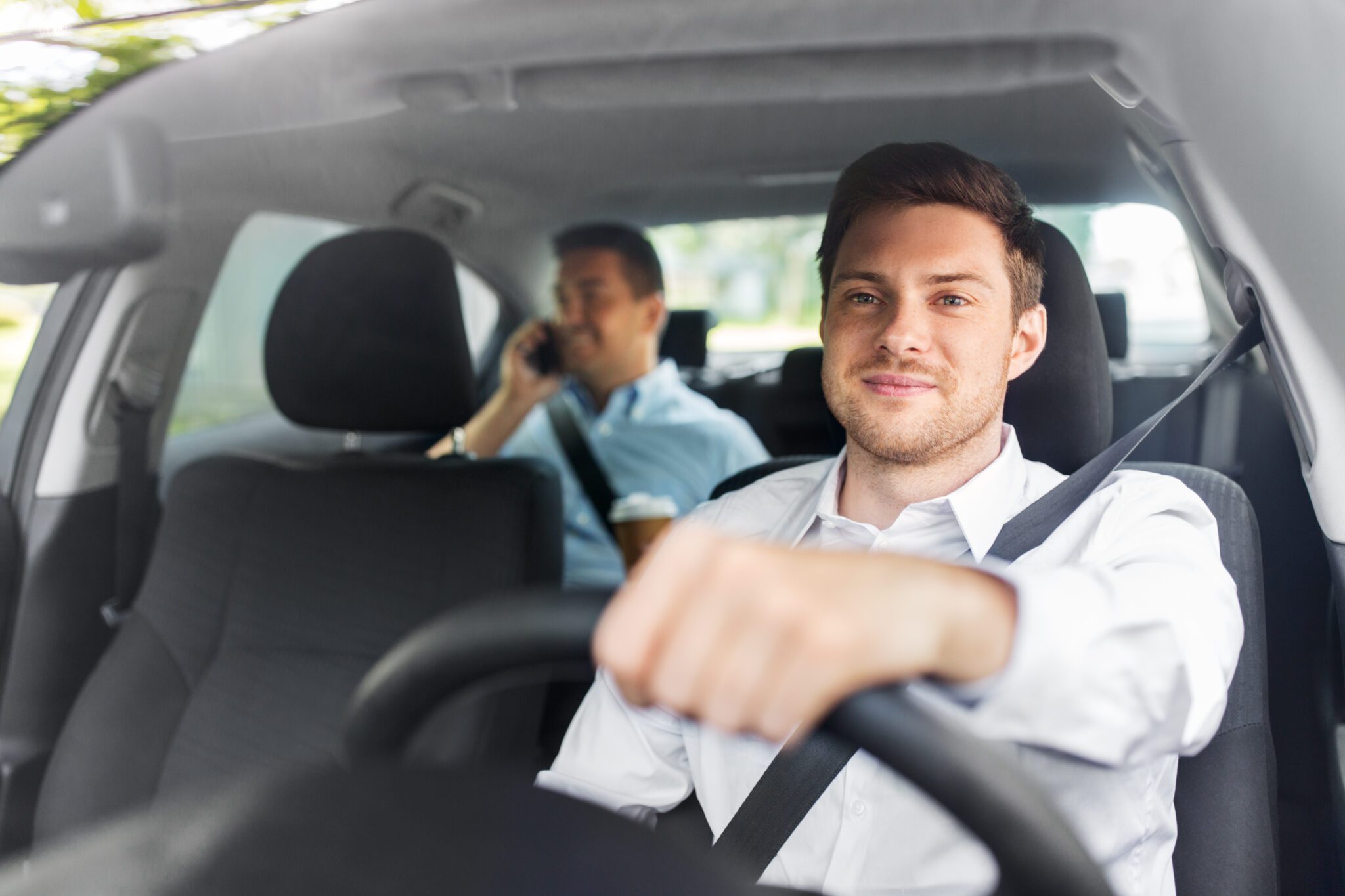Why insurance carriers want gig companies to use telematics

Insurance is the biggest expense for gig companies. Uber says its insurance costs are roughly 10% of its gross bookings, exceeding $11B in 2022. Insurance-related costs are also rising every year. In 2022, a top 10 auto insurer increased its premium written in the gig economy space by 95% from the previous year to $940M.
As costs grow, gig companies are seeking ways to lower costs. At the same time, insurers are looking for ways to reduce risk in their book of business. They’re encouraging gig companies to leverage telematics to lower expenses.
In a recent video from Liberty Mutual, Nick Grant, SVP and Co-lead of Liberty Mutual Mobility Solutions, discussed how gig companies can use telematics to reduce costs by making drivers safer.
“In utilizing telematics in the shared economy space, we’re able to create programs that on a commercial master policy create telematics variables and features that can help them save more money as they have better outcomes in terms of behavior-based driving.”
Grant then describes the ways in which telematics can make drivers safer, including use cases like coaching drivers and prioritizing the safest drivers to get more higher-paying trips.
“Some use cases of telematics in the platform economy include coaching to make drivers drive safer. You could shift trips to the better drivers in a platform.”
“You could underwrite drivers to say these are the ones that I want to have on [our platform] and these are the ones that maybe shouldn’t be on our platform.”
Top gig companies are using telematics today. They’re using driving data to identify risky behaviors like hard braking, harsh acceleration, speeding, and phone distraction. They’re providing real-time feedback to help drivers improve — and they’re seeing big results. One gig platform used coaching to help drivers lower hard braking by 30%, which can reduce crashes by 5%.
Grant also details how telematics can help gig companies in the claims process. Knowing when a driver crashes, the severity of the crash, and the crash details accelerates claims resolutions. Gig companies and insurers spend less time and resources resolving claims, and drivers are made whole sooner so they can get back on the road faster.
“…in terms of claims adjudication, having that information to better understand what was the speed of an incident [and] what was the level of severity of an incident [can] help create more accurate outcomes…”
He also talks about how gig companies can price drivers based on more accurate risk variables. With telematics, companies don’t need to rely on traditional variables like mileage to understand a driver’s risk.
“Most of these applications measure how much a driver drives… and we’re able to use that to measure the exposure [to price drivers accurately].”
“You can use features like hard braking [and] hard accelerations [to coach drivers]… [It] could also be built into pricing on the large commercial policy to then pass on savings to our clients when they have drivers that drive better and they’re able to encourage more trips with those better drivers. And ultimately it’s an opportunity to lower unit costs to help create more sustainable economics for our companies.”
As we’ve seen, insurance continues to be the top expense for gig companies, and they’re turning to telematics to lower their annual premiums. Prioritizing safe driving presents a significant opportunity for gig companies to lower their rates and make an impact on the roads.
Learn more about the power of telematics and how it can lower insurance costs for gig companies.